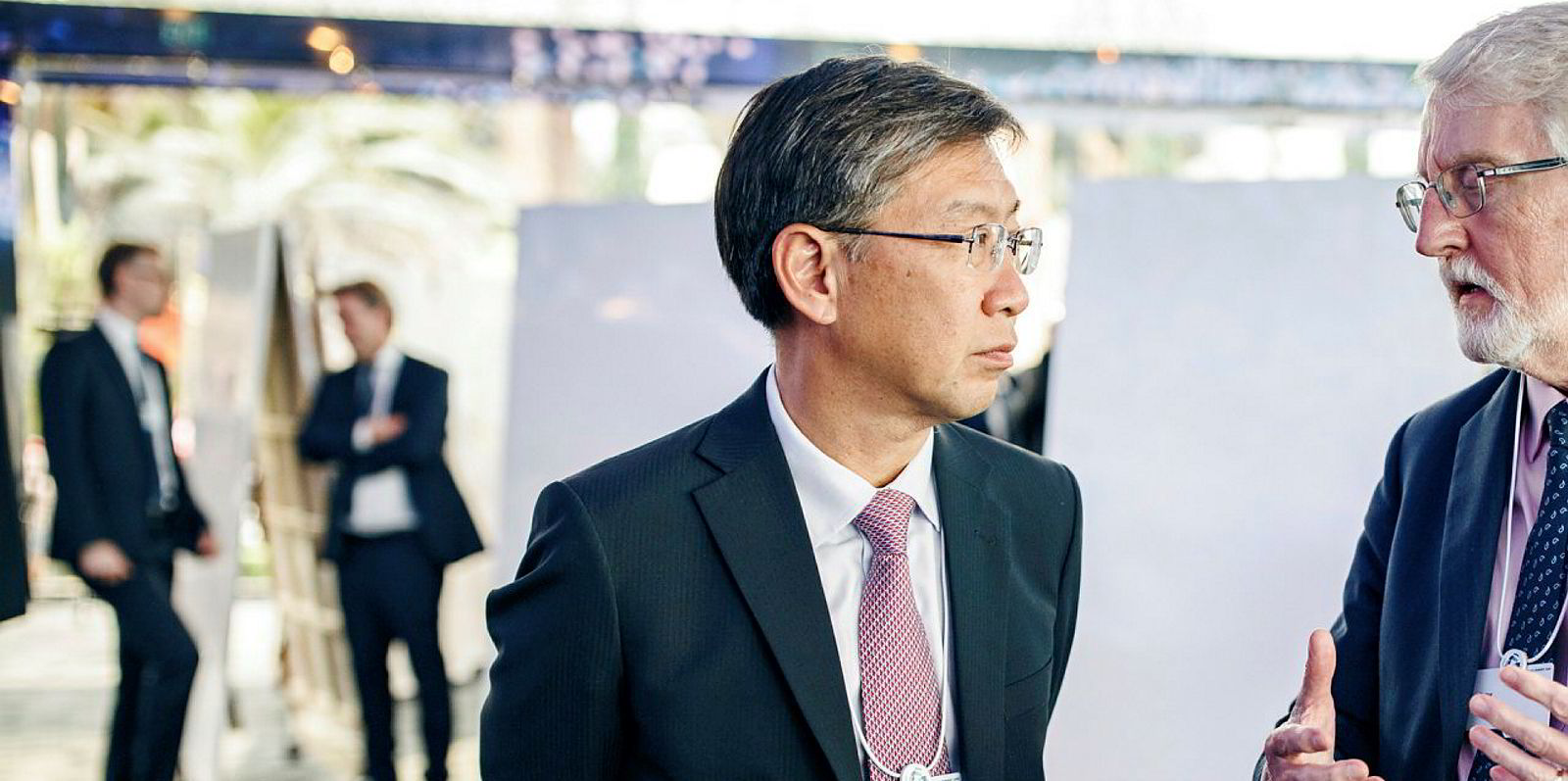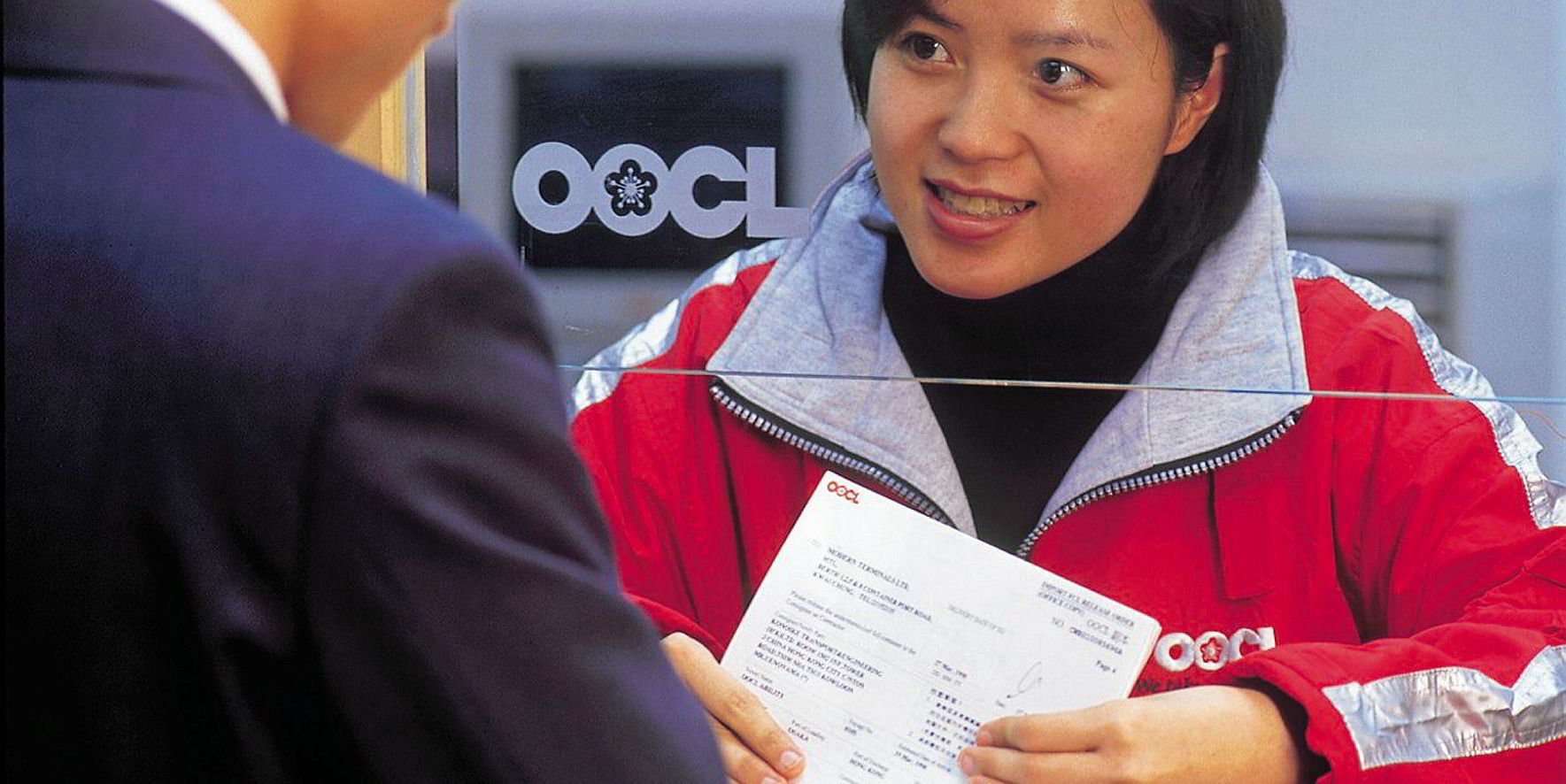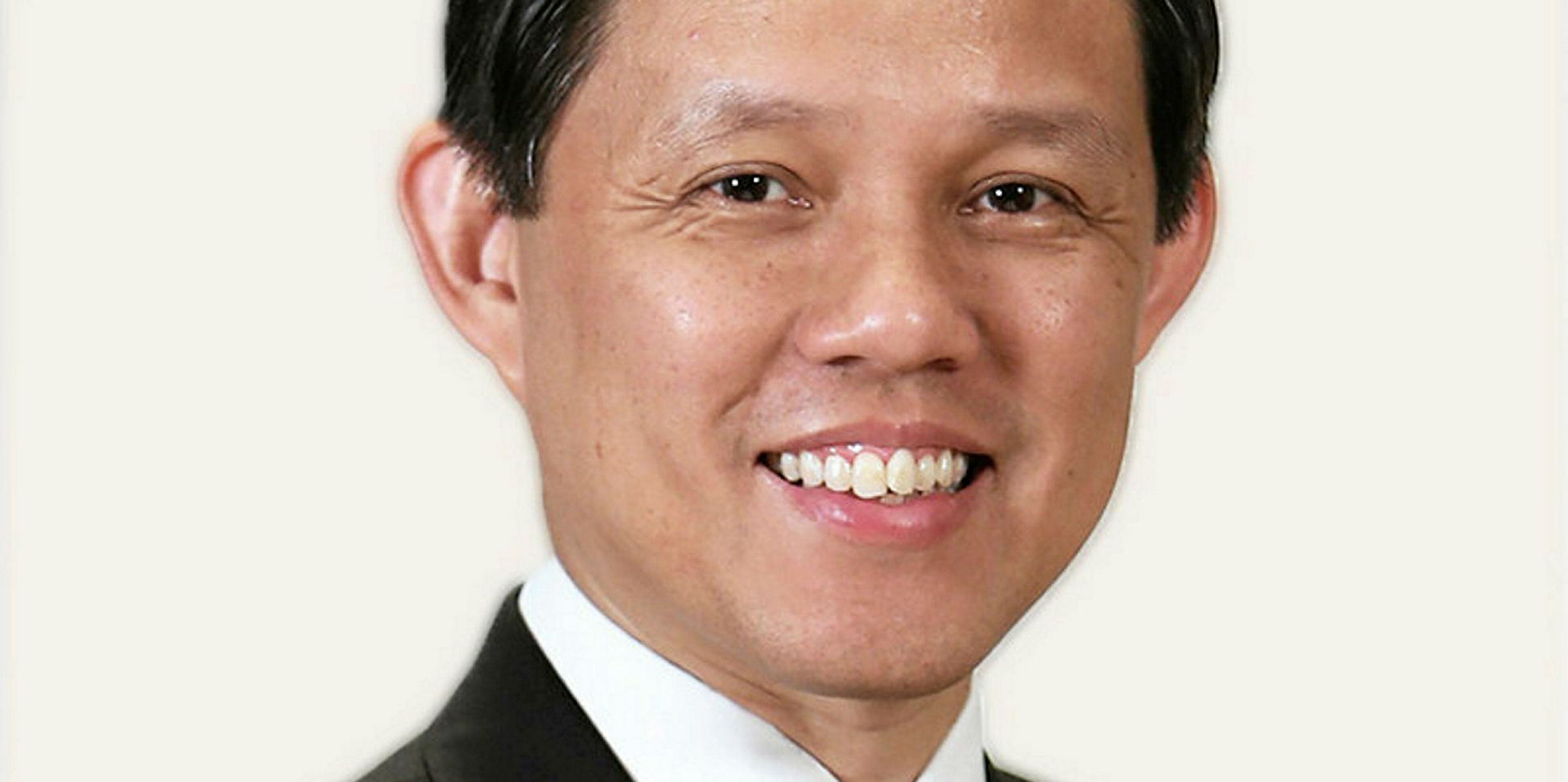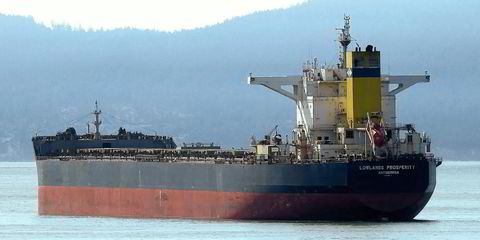A lack of industry-wide electronic trading standards is a major handicap to shipping moving into a truly digital age.
However, moves are afoot within the container sector to join the dots.
“Global shipping is lagging far behind other industries in terms of digitalisation because technology has only been deployed in specific pockets. And even in those cases the data is often siloed, meaning it is not available to all key stakeholders,” said Al Tama, general manager of container and port solutions at ORBCOMM.
Speaking for the world’s largest industrial internet of things (IOT) technology company at a webinar on digitalisation — organised by the International Chamber of Shipping — Tama said only 25% of reefer containers are permanently fitted with IOT tracking devices and just 1% of dry containers.
The lack of visibility for cargoes in boxes compares with 95% of refrigerated road trailers in the US having IOT devices fitted and more than 60% of dry cargo trailers.
Logistics service providers and freight forwarders are trying to scrape together data from different systems as best they can, Tama added, with data siloed by a lack of standardisation to make digital formats compatible.
Change is underway though on several fronts. Major carriers and port groups are both working to put the pieces of the jigsaw together, according to Quah Ley Hoon, chief executive of the Maritime and Port Authority (MPA) of Singapore.
The Digital Container Shipping Association (DCSA) was set up in April 2019 by AP Moller- Maersk, Hapag-Lloyd, Mediterranean Shipping Co and Ocean Network Express. It now includes nine of the top 10 carriers.
The DCSA recently said it completed a clean, standardised machine-readable database of codes to identify 11,000 container facilities, yards and depots in 160 countries in collaboration with the Bureau International des Containers and some of the largest box leasing companies.
It followed other steps last year by the DCSA to publish standard data definitions for the port call process.
Ports are also driving the process of collaboration between cargo owners, financiers, regulators, operators and terminals.
Quah said the MPA was looking to improve connectivity before the pandemic with a platform that hosts more than 100 e-services to allow port clearance for ships through one process that allows 16 regulatory forms to be merged into a single submission.
“We estimate we can save the industry 100,000 man-hours annually, and now we are going to move to the second phase to develop a just-in-time service to facilitate optimal ship arrival and departure from our port that will minimise waiting times.”
Singapore’s maritime authority wants to go much further, though, to create connectivity across the entire maritime chain — between shippers and carriers with common standards for inter-operability across different port, government and trading systems.
This summer the MPA got together with the Port of Rotterdam, Singapore-based ports group PSA International, technology developer CargoSmart, blockchain platform TradeLens and trading systems firm Global eTrade Services with the aim of developing common application programming interfaces (APIs) within the next year to streamline data exchange.

PSA International group chief executive Tan Chong Meng said: “Today, we believe a community system is a must-have in all ports and terminals around the world because without digitalising the interface between the ports and users, event information is not available and cannot be shared.”
The Singapore ports group has turned its port IT systems unit Portnet into a standalone international company that can offer network solutions to terminals through joint ventures or sell its system as a service.
PSA also sees a need for similar networks for the container operations side of ports as well as with the carriers.
“We are not just working on all of them, but also imagine it will be possible to create a data highway that connects all these different components and create document dockets, event enabling triggers — like for financing to be released — with solutions being provided with third party suppliers,” the PSA chief said.
He said the move is not meant to be monopolistic. Rather, it aims to be enabling.
Tama added: “The technology exists and has been proven in other sectors. Widespread adoption of API-based digital standards is necessary.”







